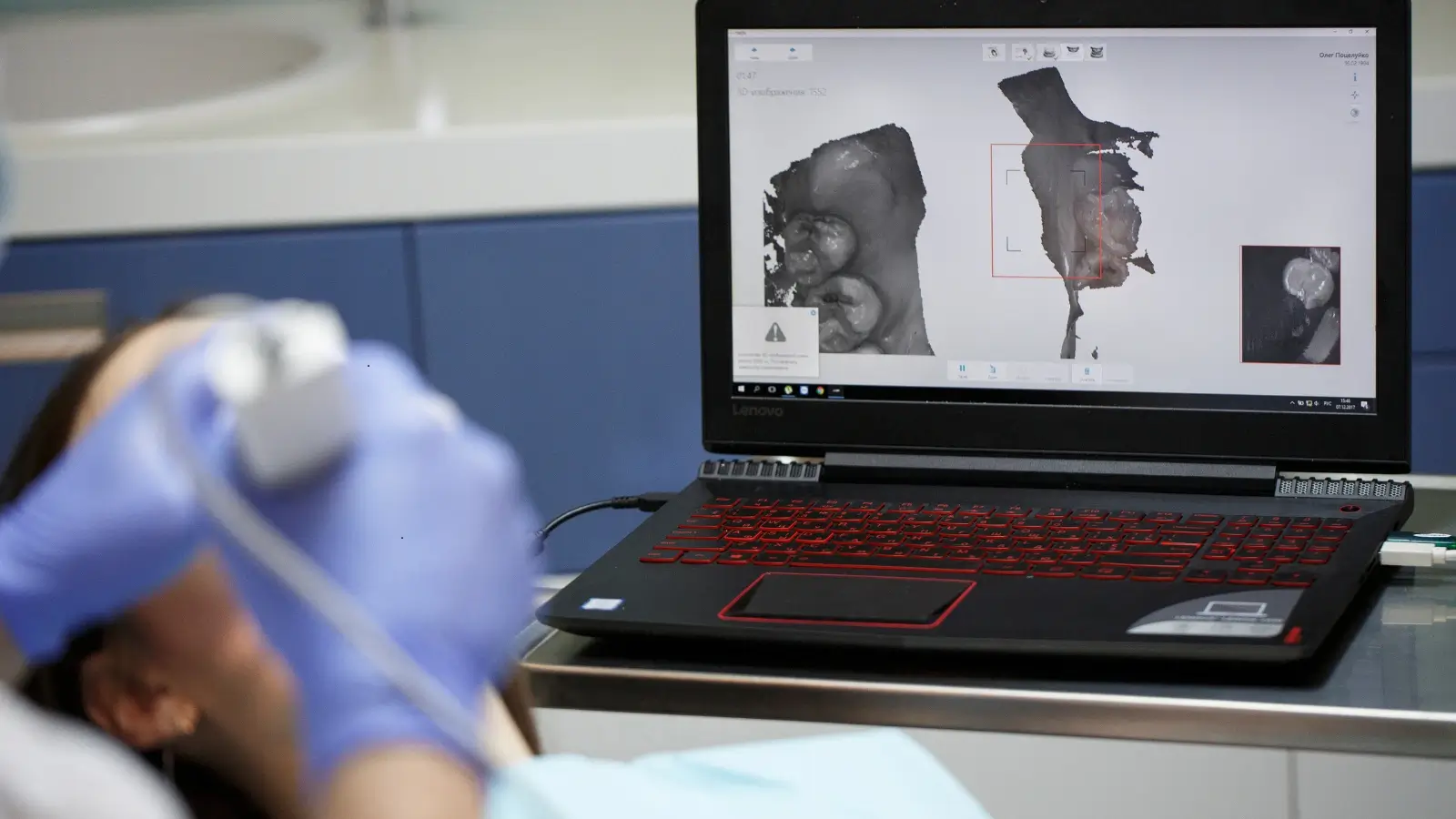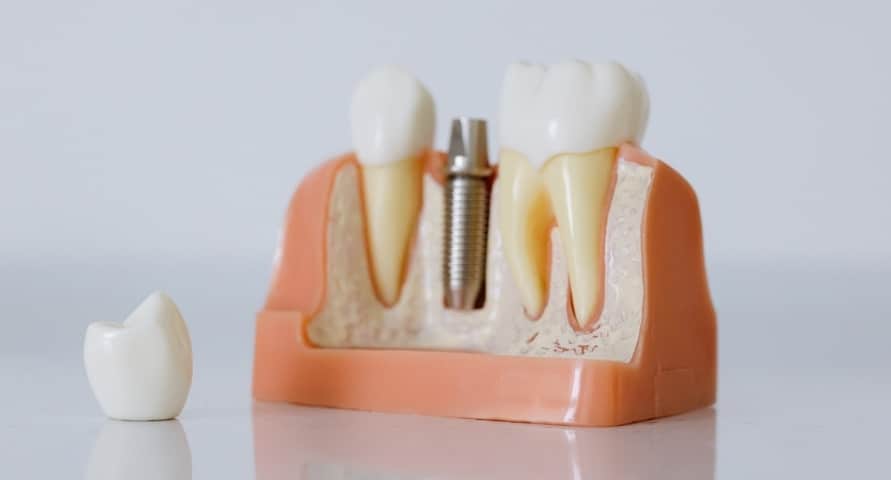245 11th Ave NE Hickory, NC 28601
Precision Perfected: The Art of Computer-Guided Implants

In the evolving world of dental technology, few innovations have had the transformative power of Computer-Guided Implants. When it comes to dental implants, precision is everything. And thanks to cutting-edge advancements in computer-guided techniques, the days of guesswork are long gone. Imagine walking into a dental clinic and knowing that every step of your implant procedure has been meticulously planned with the help of sophisticated technology, ensuring that your new teeth look, feel, and function as naturally as possible.
Computer-guided implants have revolutionized dental implantology, offering patients in Hickory, NC, and beyond an unparalleled level of accuracy, safety, and comfort. Let’s explore the nuances of this technology, its benefits, and what you can expect during your dental implant journey.
What Are Computer-Guided Implants?
Breaking Down the Technology
Computer-guided implants are the gold standard in modern implantology. This method leverages 3D imaging and sophisticated software to determine the perfect placement for dental implants. By using cone-beam computed tomography (CBCT), dentists can create a detailed 3D model of the patient’s jawbone, allowing for a highly accurate assessment of bone density, nerve locations, and ideal implant positioning.
Instead of relying on 2D x-rays and manual techniques, this advanced approach offers pinpoint accuracy. In fact, according to a study by the Journal of Clinical Oral Implants Research, computer-guided implants can reduce human error by up to 50%, leading to better outcomes and faster recovery times.
The Art of Precision in Dental Implants
From a Dentist’s Perspective
When performing traditional implants, dentists rely on a combination of experience, tactile feedback, and 2D imaging to place implants. While skilled practitioners are often able to achieve good results, the margin for error is inherently higher.
With computer-guided systems, such as NobelClinician® or SimPlant®, the implant placement process becomes an art form, where the dentist can meticulously plot each implant’s depth, angle, and position—long before a patient even sits in the chair.
Here’s what happens behind the scenes:
- Initial Scan: A CBCT scan captures a 3D image of the patient’s mouth.
- 3D Modelling: The software creates a 3D virtual model of the patient’s jawbone, showing every ridge, bone density variation, and nerve.
- Virtual Planning: The dentist uses this model to simulate the entire procedure, deciding the ideal spots for implant placement and even checking the aesthetic results.
- Guided Surgery: A custom-made surgical guide ensures that every implant goes exactly where it should. This level of precision isn’t just about looks—it also helps avoid critical areas like nerves and sinuses.
The Benefits of Computer-Guided Implants
Patients in Hickory, NC, who opt for computer-guided implants are investing in a more predictable, efficient, and less invasive treatment. Here are the key benefits:
1. Unmatched Precision
When every detail is planned out with sub-millimeter accuracy, the results speak for themselves. The American Dental Association notes that computer-guided implants reduce implant failure rates to under 5%, compared to the 8–10% seen with traditional methods.
2. Faster Recovery
Thanks to the pre-planned procedure, the surgery itself tends to be quicker and less invasive. Patients typically experience less post-operative pain and a reduced risk of swelling and bruising. In fact, recovery times can be shortened by up to 30%.
3. Minimally Invasive
Computer-guided implants often allow for a technique known as flapless surgery, where the gums don’t need to be cut and sutured back. This means smaller incisions, less bleeding, and a lower risk of complications.
4. Better Aesthetic Results
When implants are placed with such precision, the result is not only a sturdy, functional implant but one that looks incredibly natural. The placement is perfectly aligned with surrounding teeth, enhancing both the look and feel.
The Step-by-Step Process: What to Expect
If you’re considering computer-guided implants, it’s helpful to know exactly what to expect. Here’s a breakdown of the entire process, from consultation to the final result:
1. Consultation & 3D Imaging
Your journey begins with an in-depth consultation at Hickory Heights Dental. During this visit, the dentist will conduct a CBCT scan, which takes detailed images of your jawbone and surrounding structures. This scan helps assess whether you have enough bone density for the implants or if bone grafting might be necessary.
2. Treatment Planning
Using specialized software, the dentist creates a detailed virtual plan. This step ensures every aspect of the procedure is tailored to your unique anatomy. During this phase, the dentist will discuss with you the expected outcome, taking into account factors such as implant size, angle, and placement.
3. Surgery Day
On the day of your surgery, the custom-made surgical guide is used to ensure the implants are inserted precisely where they were planned. The procedure is typically quicker than traditional implant surgeries, with most patients in and out within an hour.
4. Post-Op and Recovery
After the surgery, you’ll be given specific aftercare instructions to help with healing. Because computer-guided implants are less invasive, most patients experience a faster recovery with minimal discomfort. In a few months, once the implant has fully integrated with the bone, the final crown can be placed.
Myths & Misconceptions About Computer-Guided Implants
There are a few common misconceptions about computer-guided implants, and it’s important to clear these up for patients:
Myth 1: “It’s Only for Complex Cases”
While computer-guided implants are perfect for cases requiring high precision, they’re also a great option for simpler procedures. Every patient can benefit from the accuracy and planning involved.
Myth 2: “It’s Too Expensive”
While the technology involved might seem costly, the long-term benefits (fewer complications, faster recovery, better results) often outweigh the initial investment. Plus, with fewer visits and shorter surgeries, patients often save money in the long run.
Myth 3: “Traditional Implants Work Just as Well”
While traditional implants can be effective, they don’t offer the same level of predictability. For patients who value peace of mind, computer-guided implants are the superior choice.
Conclusion: The Future of Dental Implants is Here
Computer-guided implants represent a significant advancement in the field of dentistry. From increased precision and faster recovery to aesthetically pleasing results, this technology is revolutionizing how dental professionals approach implants.
If you’re considering dental implants in Hickory, NC, there’s no reason to settle for anything less than precision perfected. With computer-guided implants, you can feel confident that your smile is in the best hands possible.
Make an appointment today at Hickory Heights Dental and take the first step towards a beautifully restored smile that lasts a lifetime.




